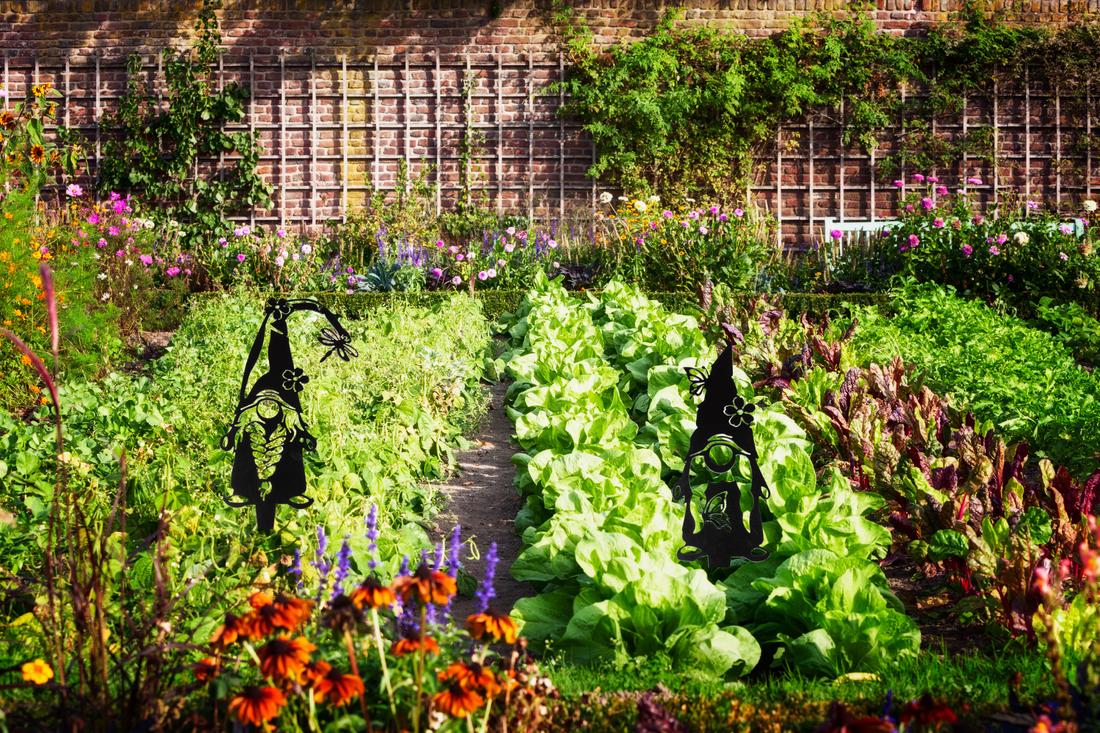|
From Rome to Germany to France to the world, historical figures influenced culture by crafting garden gnomes. Whatever the threat —evil spirits or annoying critters— these mythical creatures are tasked to protect your garden. Why Display Gnomes? Gnomes make gardens a lot more interesting! For example, you can easily cover a bare patch with one or more of these magical creatures. They go well with fairy gardens and beautifully reflect off the water. Contemporary gnomes come engaged in various activities: sleeping, fishing, gardening, etc. While they primarily used to be depicted doing labor, now, gardeners tend to admire more gnomes in their leisure time. It All Started in Rome. Even in the beginning, gnomes were crafted to ensure fruitful harvests. The first ones appeared in Rome, depicting the gods, mainly the fertility-diety, Prapius. Sculptors would mold them in terracotta clay, place them in a kiln, then brightly paint them to look ugly. During the Renaissance Era, the Swiss alchemist Paracelsus was the first to describe them as invisible spirits called elementals. He believed they had magical powers to fight off evil spirits, but they would only come out at night. Gnomes started to popularize, and people began referring to them as “grotesques” or “Gobbi.” Griebel’s Gnomes Philip Griebel likely sculpted the first gnome with a red hat in Gräfenroda, Germany, where they were called “Gartenzwerge,” or garden dwarves. In German fairytales, they assisted farmers and protected underground treasures. In the 19th Century, Sir Charles Isham introduced Griebel’s gnomes to the English market. Nicknamed “Lampy,” they became even more popular in Germany. However, Griebel’s credit remained there. Gnome Production Past the 19th Century
By the 1800s, many wealthy families placed gnomes in their gardens. Although it originates in the Hellenistic Period, it wasn’t until 1870 that they coined the red Phrygian cap “Bonnet Rouge,” now symbolizing revolt against the French establishment. After the release of Snow White and the Seven Dwarves, gnomes started trending with much happier faces. But unfortunately, gnome production slowed dramatically during the world wars until 1970. Then, mass production led to the replacement of handicrafts; the cheaper materials lowered quality and increased quantity. “The Traveling Gnome” “The Traveling Gnome” is a game that dates back to the 1970s when a traveler photographed two of his gnomes in Antarctica. Inspiring a group of gnome enthusiasts, they named themselves the French Garden Gnome Liberation Front in the 90s and started stealing gnomes from strangers. Then, after taking them traveling, they would send photos to the original owners. The goal was to “free” the gnomes out of their best interest. In no time, the whole world was playing. One traveler stole a gnome from a Canadian woman for eight months. Then, they returned the gnome, a rare occurrence, with a full photo diary. This is the story behind the movie Amélie. Gnomes have been protecting gardens for centuries, and they’re not going to stop now. So, add a good luck charm to yours. Check out SteelStuff’s gnome stakes finished in Carbon Black, and watch out for those mischievous, but protective guys!
0 Comments
Leave a Reply. |
Archives
August 2023
Categories
All
|





